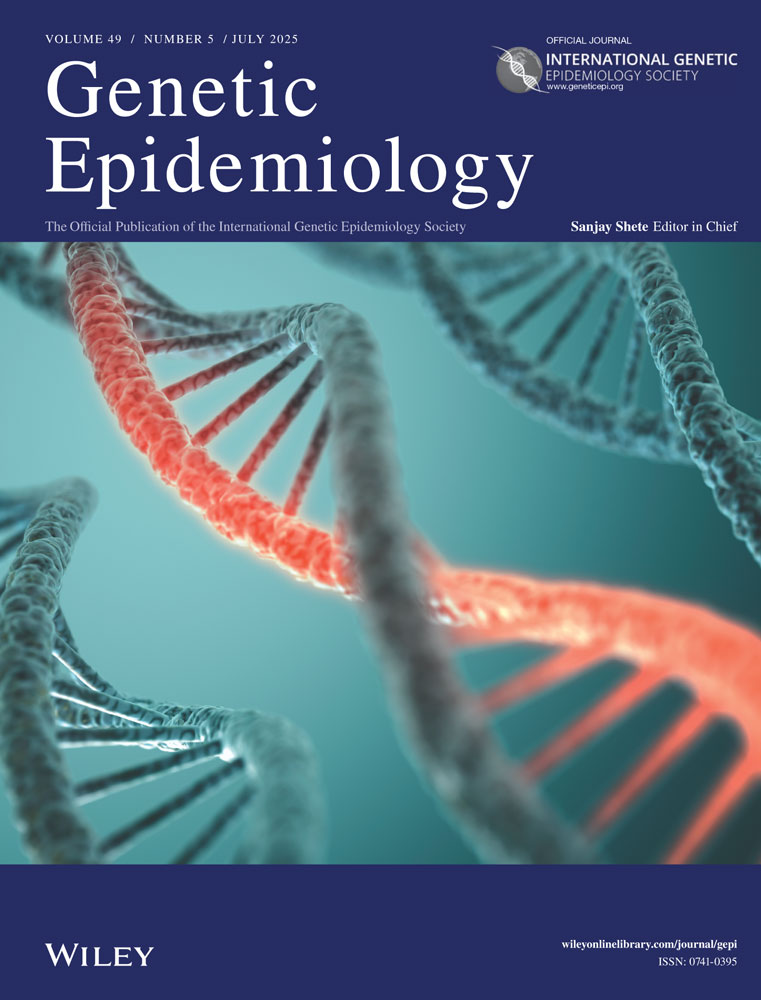Genetic model-free linkage analysis using the maximum-likelihood-binomial method for categorical traits
Abstract
Within the simulated data of the 11th Genetic Analysis Workshop, we searched for the genes controlling the disease. We analyzed 200 families from Studies 2 and 3 presenting both mild and severe forms of disease. Linkage analysis was performed using the recently developed genetic model-free maximum-likelihood-binomial (MLB) method which overcomes the problem of multiple sibs by considering the sibship as a whole. The MLB allowed us to consider the disease as either a binary (affected/unaffected) or an ordered categorical (differentiating the two forms of disease and including effects of environmental factors) phenotype. In both studies, two regions provided evidence for linkage at a significance level below 10-4. One is located on chromosome 3 (from D3G041 to D3G047), and the other on chromosome 5 (from D5G034 to D5G041). In Study 2, the most significant results were obtained by combining both forms of disease, suggesting that they are under the same genetic control, while in Study 3, the stronger results were obtained when considering severe subjects alone, suggesting that only the severe form is under the control of both locus B and C. The subsequent knowledge of the true model allowed a posterior interpretation of our results, in particular the difference in optimal coding schemes observed between Studies 2 and 3, and the failure to locate locus A.




